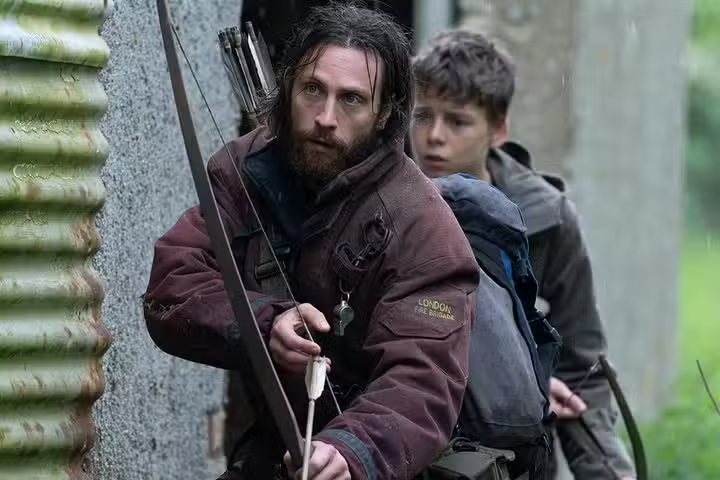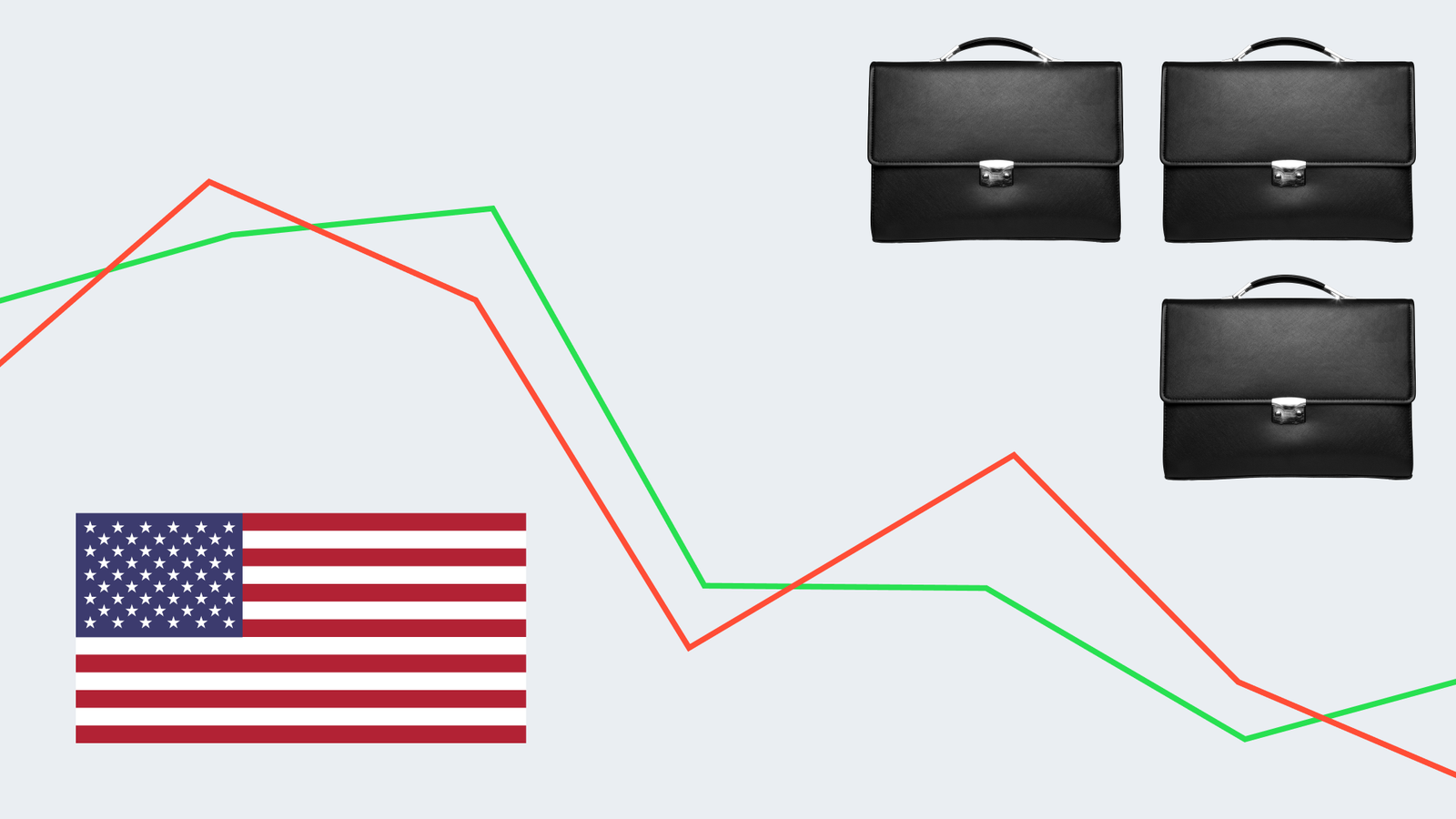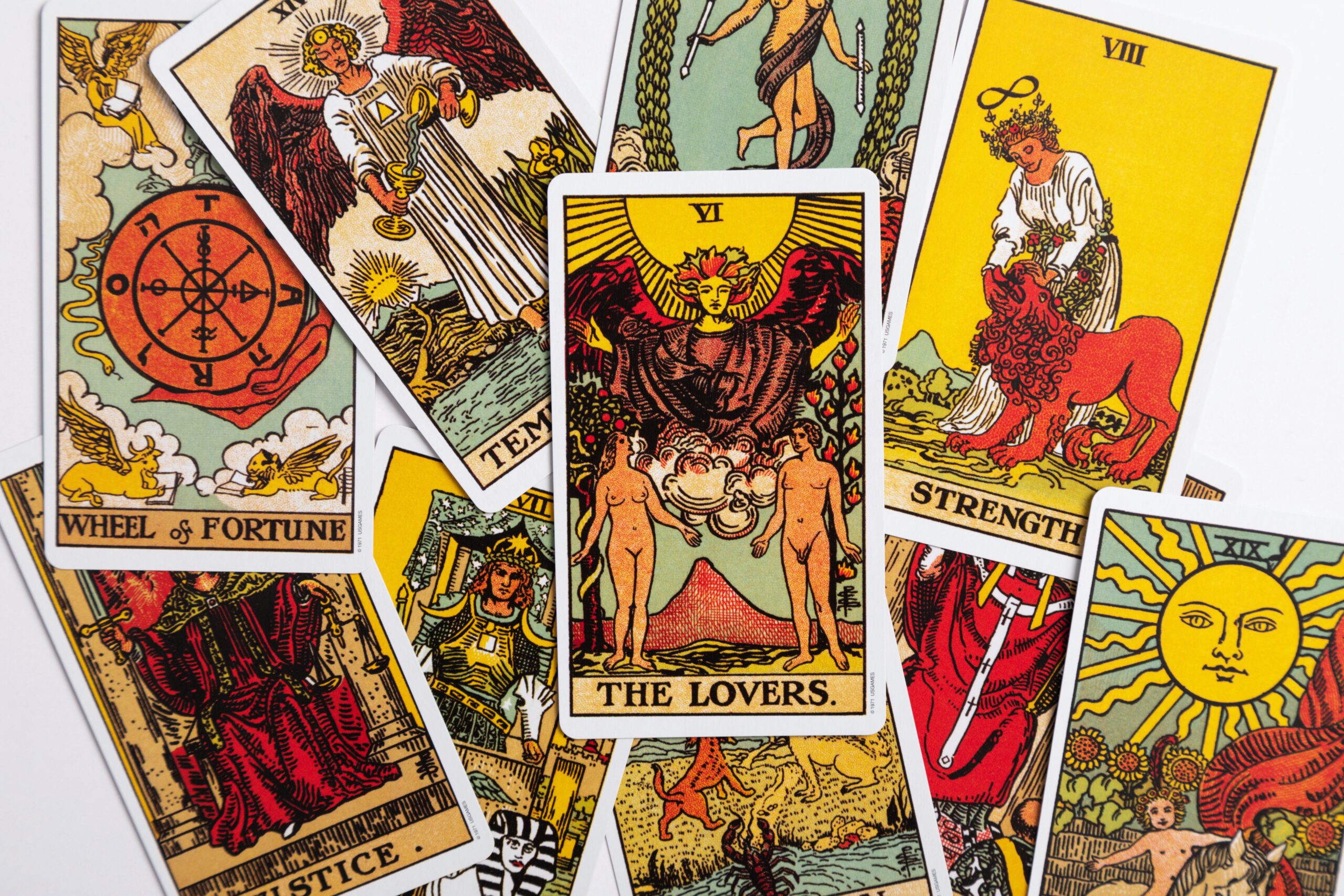Movie Review: ‘28 Years Later’ Revisits a Rage-Filled Apocalypse with Uneven Yet Ambitious Vision
Most films are lucky to tap into a single cultural pulse. Danny Boyle’s 2002 thriller 28 Days Later managed to forecast two: a viral pandemic and the rise of fast-moving, frenzied “zombies.” It also introduced the world to Cillian Murphy in a breakout role and reshaped the horror genre with a vision both grim and eerily prophetic.
While audiences were tuning into American Idol or watching the war in Afghanistan unfold, Boyle and writer Alex Garland were dissecting the fragility of society. Their virus wasn’t just biological — it was rage itself, and it moved with terrifying speed.
Though Boyle famously resisted the term “zombies,” insisting his infected were something else entirely, the legacy of 28 Days Later and its 2007 sequel 28 Weeks Later carved out a lasting influence. Now, after decades of fan anticipation, 28 Years Later returns — this time with Boyle and Garland back at the helm, joined by the lived reality of a global pandemic.

Surprisingly, though, COVID-19 takes a backseat. Instead, the film explores themes of national isolation — more Brexit than outbreak. Britain is now fully quarantined, the virus confined within its shores. Survivors huddle on Holy Island, linked to the mainland by a stone causeway that vanishes at high tide. The infected roam freely across the abandoned countryside.
Unlike other franchises that grow slicker and more global, 28 Years Later stays rough and local. Shot largely on iPhones, Boyle and cinematographer Anthony Dod Mantle lean into a ragged, guerrilla visual style. The result is intense and sometimes disorienting — a deliberate messiness that mirrors the chaos of the world they depict. It’s not always easy to follow, but it’s never generic.
At the heart of the story is 12-year-old Spike (Alfie Williams), who lives with his gruff father Jamie (Aaron Taylor-Johnson) and ill mother Isla (Jodie Comer). Their world is medieval in feel, complete with watchtowers, archery, and a tight-knit island community. On a rite-of-passage hunting trip, Spike kills his first infected under his father’s gory tutelage — a moment that sparks deep doubts about the violent, hyper-masculine culture he’s been born into.
When Spike hears rumors of a strange doctor living inland — fires constantly burning in the distance — he sets off to find him, hoping the man can cure his mother. Their journey introduces a series of eccentric characters: Ralph Fiennes as the enigmatic doctor, Edvin Ryding as a shipwrecked Swedish NATO soldier, and Comer, heartbreakingly unhinged, mistaking her son for her husband.
The infected, too, have evolved. While some still sprint with deadly purpose, others — the so-called “Slow-Lows” — crawl pathetically across the ground, rooting for worms. It’s a grotesque and oddly pitiful new twist.
Amid the carnage and chaos are flickers of something deeper: themes of mortality, masculinity, and misguided exceptionalism. Even in its most fragmented moments, 28 Years Later shows flashes of ambition. It’s not the polished blockbuster you might expect, but it’s unmistakably a Boyle film — bold, erratic, and strangely soulful.
Despite its flaws, the film marks a compelling continuation of the franchise. And Boyle’s not done yet: a fourth installment, 28 Days Later: The Bone Temple, directed by Nia DaCosta, is already in the works. This trilogy is just beginning — because in our age of rage and contagion, this world still feels uncomfortably familiar.
Rating: ★★☆☆
Running Time: 115 minutes
Rated R for strong bloody violence, grisly images, graphic nudity, language, and brief sexuality.
Distributor: Sony Pictures



